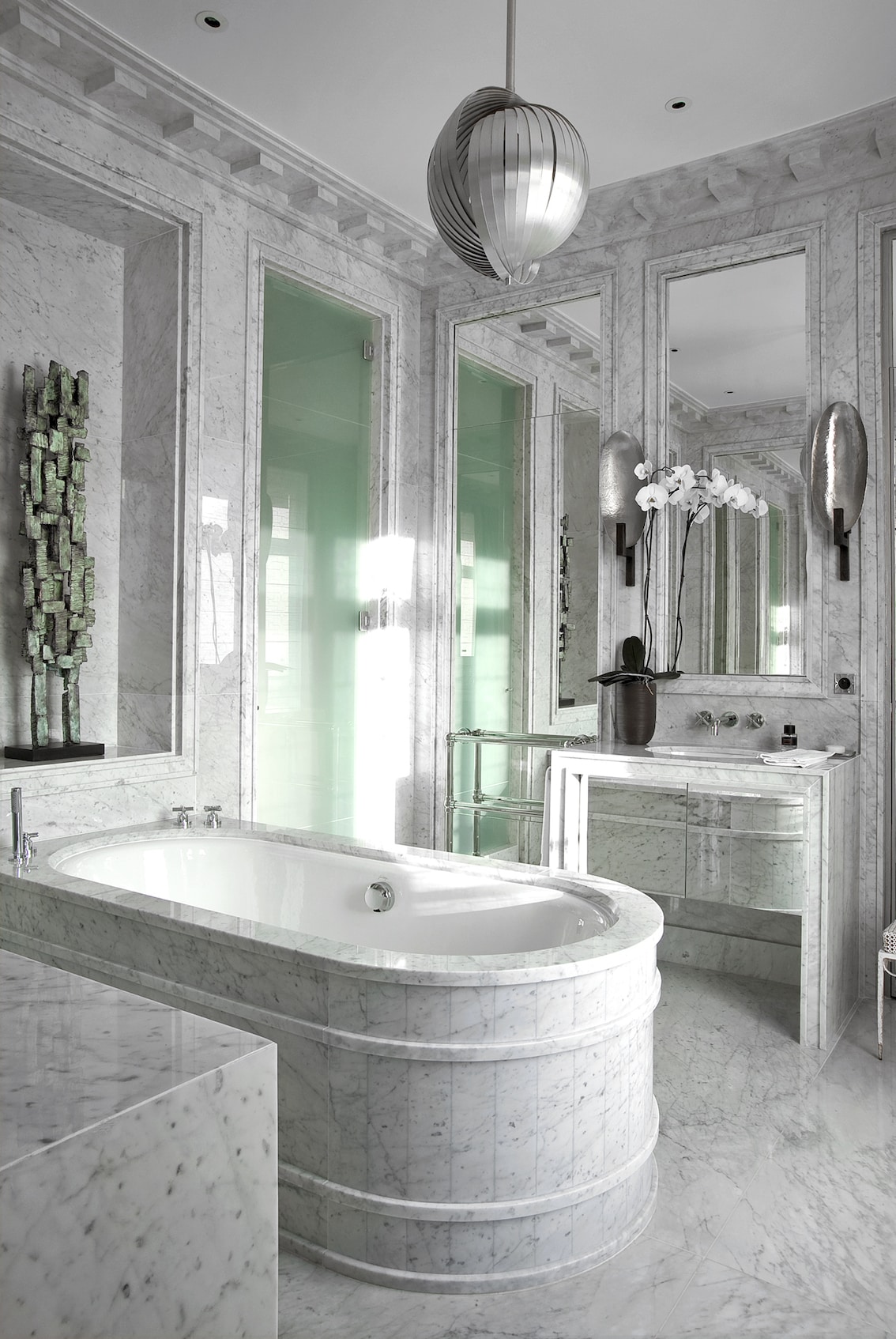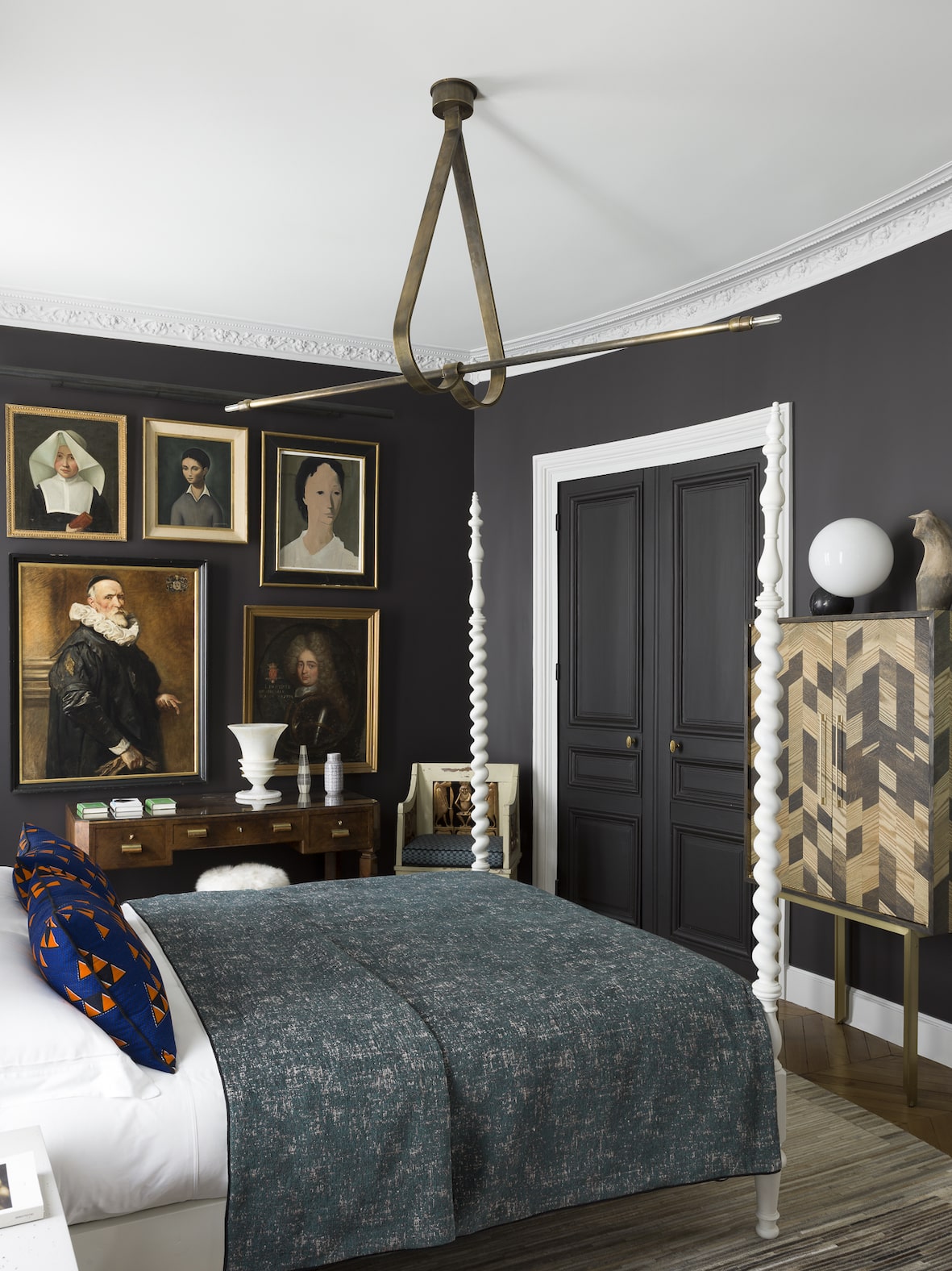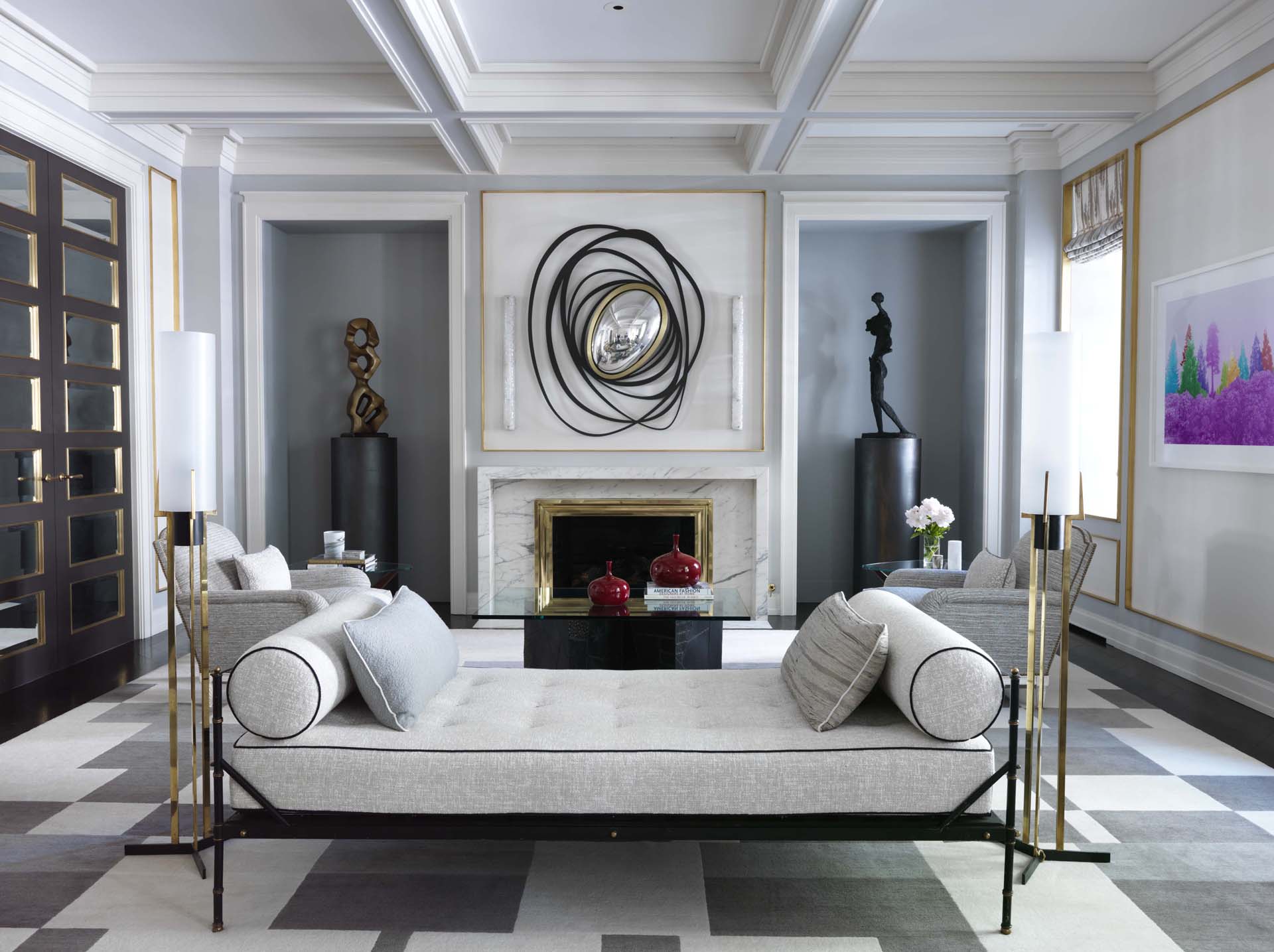
Jean-Louis Deniot

Featured on lists of the world’s preeminent talents in architecture and interior design, Jean-Louis Deniot has long been in the business of creating atmospheres. His décors are his playground, spaces where spontaneity and magic are de rigueur. Recognized for his eclectic and emblematic interiors, Jean-Louis Deniot plays in a multiplicity of repertoires, letting his academic training translate into a vocabulary that is both informal and bold.
With an ambitious list of locales that resembles the index of an atlas, a few current Jean-Louis Deniot projects include private homes in Beverly Hills, townhouses on New York’s Upper East Side, the Waldorf Astoria New York residencies and amenities, a 57-story residential tower on Biscayne Bay in Miami, a residential tower including extended amenities in Palm Beach, private historical townhouses on Belgravia Square and Wilton Crescent, Cambridge House (In & Out Club) Hotel, restaurants and private club, houses on both sides of the Strait of Gibraltar in Tarifa and Tangiers, a spacious country home in Moscow, private homes in New Delhi and Chandigarh India, family residences on Hong Kong Bay and in Bangkok.
Jean-Louis Deniot has also earned recognition for the furniture and lighting collections, with Baker Furniture, and Jean de Merry, George Smith, Collection Pierre, Pouenat and Marc de Berny.
1. Could you tell us your first memory related to design or interiors?
Yes, I was drawing floor plans with chalk on the asphalt, I was building these very elaborate sand castles, building tree houses, and I was making miniature architecture models. I was also very interested in theatre sets.
2. Would you say that there has been a defining moment in your career? Could you tell us about it?
It’s hard to say really, I think the only way is to keep going. The defining moment is to continue to increase the level and the quantity of challenging requests. Just as in sports, the more you do it, the better you get at it, and the more confident you get in expressing yourself so that you come up with a very specific design. The only recipe for success is hard work, there is no other mystery.
3. You mention coming up with your own idea of efficiency, as you are living with your passion 24/7. What are some of the efficiency methods you have built over time? Could you share it with us? As they could help all types of audiences to be able to structure a life of passion with discipline.
That’s exactly it, it’s passion with discipline. It’s being rigorous and getting the creative side under control so that it’s achievable. It’s always making sure there is value for money, that it always looks much more expensive than it is, when the design is more sophisticated than the manufacturing. When there is efficiency, there is a sense of design objectivity, which makes it feel and look complete, it when it feels complete within the context then it’s undebatable and, timeless. It’s the know-why and the know-how which are the most important there is no caprice.
4. You have completed projects in countless cities around the globe. And we see in almost every project, you skillfully integrate the architecture and environment in your design. Could you talk about the different aspects of working at a such global level and maintaining a level of excellence?
It all starts with the highest respect for other nationalities. I have a great level of curiosity and a passion for discovery, so any new destination is a discovery. I like to reflect the locality’s vibes in each exercise, it’s always about managing to design with the right purpose but at the same time something achievable.
I primarily use quite basic, natural, materials such as marble, stone, plaster, wood, and those materials can be found worldwide. When working overseas, I bring my design abroad, but I use local materials. The most important part of the recipe is to really adapt to the people and to the destination. That’s how it works because I design and adapt according to the people who are going to make it happen. I don’t design in a French way and ask foreigners to adapt, it is I who adapts to the locals; and that’s when the magic happens, it’s when we create very fruitful collaborations.
5. What was one of the hardest-learned lessons in your practice?
I work so hard to make my work feel so adapted; that most of my work is almost invisible. When it’s this flawless it’s not because it was already halfway there at the beginning, no, it’s because it’s been intensely worked on to make it flawless. So, to prove my added value, my next book in a few years, will be only about places that I designed internationally from the ground up, that way people will be able to understand that there was nothing to start with.
6. The quality of timelessness is something very prominent in your designs. How do you achieve timelessness in your projects, in your choices of design?
I’m very passionate about every discipline of art in general, but there is also a sense of trend. I always think that as soon as it’s trendy it’s already démodé, so I avoid injecting present-day vibes in my projects, because if I do, then they will be timed stamped. It’s also my relationship with time, where I am constantly as a person in the present, in the past, and in the future, all simultaneously. By doing so, the work feels respected as it is historically referenced, the appreciation for the present makes it current, and it’s fresh and exciting because it’s looking towards tomorrow.
7. How would you describe your creative process? How do you get inspired?
People say that happiness comes from childhood dreams, and I tend to realize that everything that I was fascinated with as a child becomes even more exciting when experienced as an adult. I like the work to be contemplative, exalting, and I want people to be captivated. A friend recently mentioned that each time she would step into one of my interiors she would get Stendhal syndrome, and that’s really the point. At the end of the day, we get to create so, why not create something as beautiful and atmospheric and as magical as possible.



8. What do you think is the key factor in a successful design project?
A great collaboration with your clients, a very detail-oriented study, and a big sprinkle of je ne sais quoi on top.
Clients and designers tend to find each other by sharing the same type of attraction. The best collaborations are not because you met someone at dinner, it’s because you speak the same language. People tend to reach out to us because they see something that they can rely on, and its dedication, generosity, and osmosis.
9. What advice could you give to beginning artists who would like to create sculptural design works?
Start by academism, by sculpting the most figurative things such as body parts, ornaments, or antiquities architectural fragments, or everyday objects like a toothbrush or a broom. Once you’ve mastered that, then go full-on abstract. If you do that, then I can assure that you will get the most amazing contemporary sculptures. That’s how Picasso made his career, it’s a proven method.
10. What is a design object you couldn’t live without?
All my vintage stuff. All of it. Furniture, vintage bags, vintage everything. I really appreciate the quality of hand crafting which went into producing each of those pieces and the reason why I appreciate them so much is because they age so gracefully because of their quality.
11. Do you have any books/programs/podcasts to recommend to our readers?
Yes, please get my new book destinations, which makes you travel from Los Angeles all the way to Bangkok with 18 stops on the way. You will appreciate that each exercise is unique and equally loved and shows you many different styles and variations of interior and furniture design.
12. What would be your top 3 favorite pieces from the Philia Collection?
– Octane Chair by Arthur Vallin
– Achille Wall Sconce by Elsa Foulon
– After Ago Side Tables by Richard Yasmine

